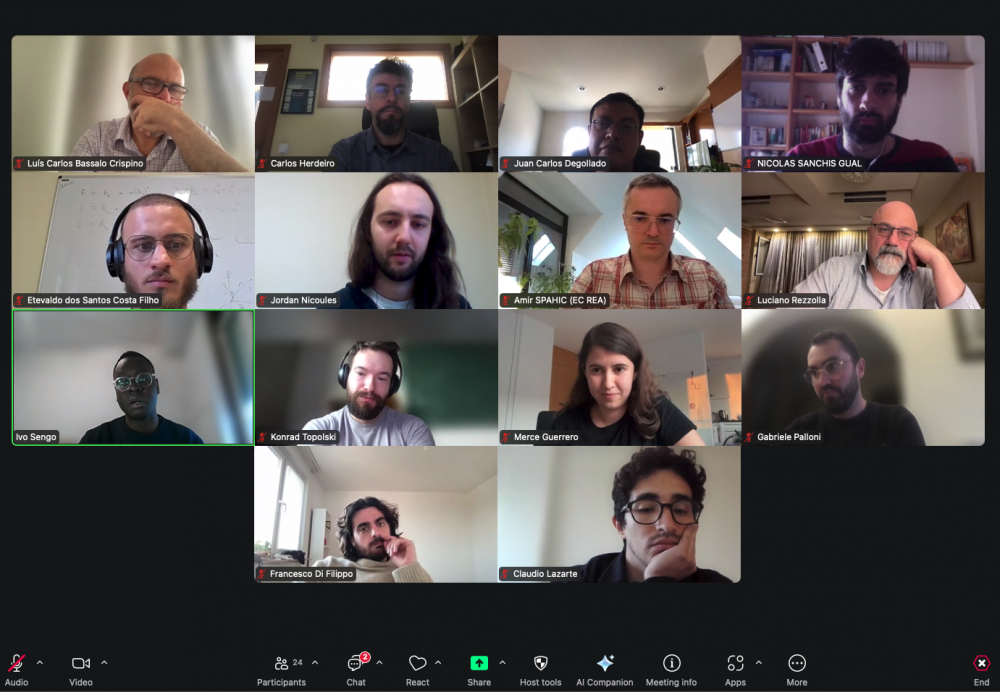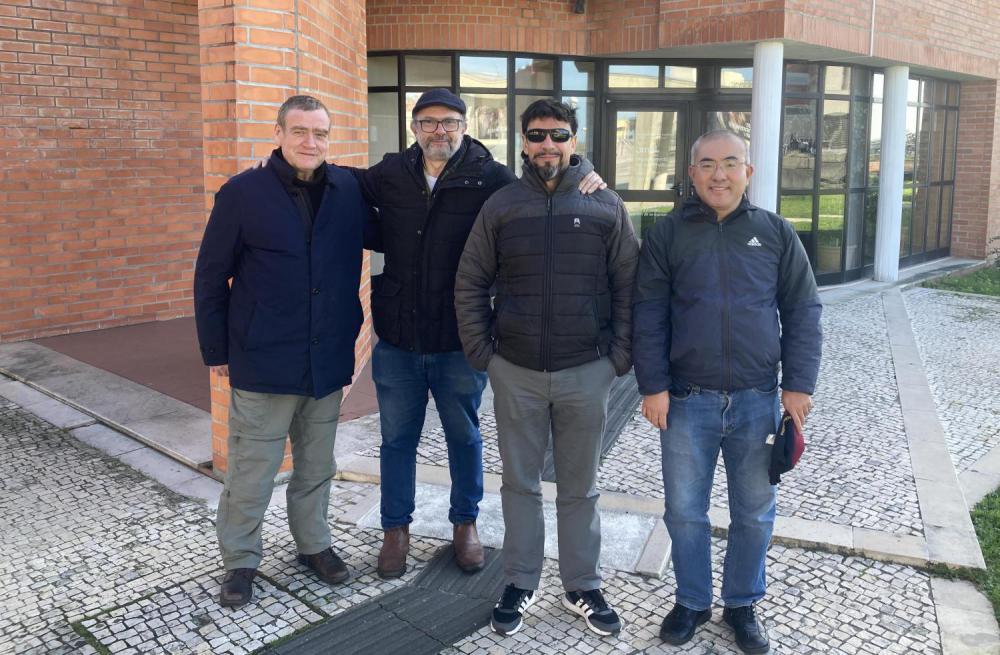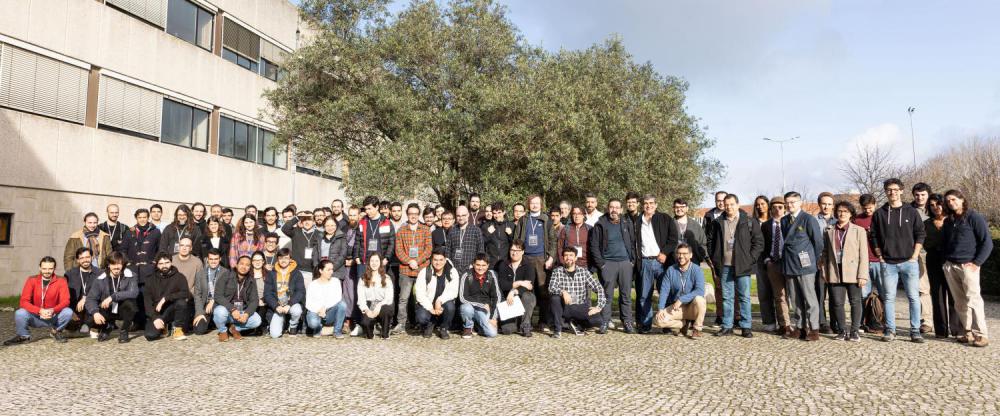Two grants for M.Sc. holders
Two 3-month grants for M.Sc. holders are open within the project 2024.05617.CERN, "Towards precision tests of ultralight dark matter with imaging and gravitational waves". Applications should be submitted between 13 and 24 October 2025. More info in the attached files and the Euraxess site.




